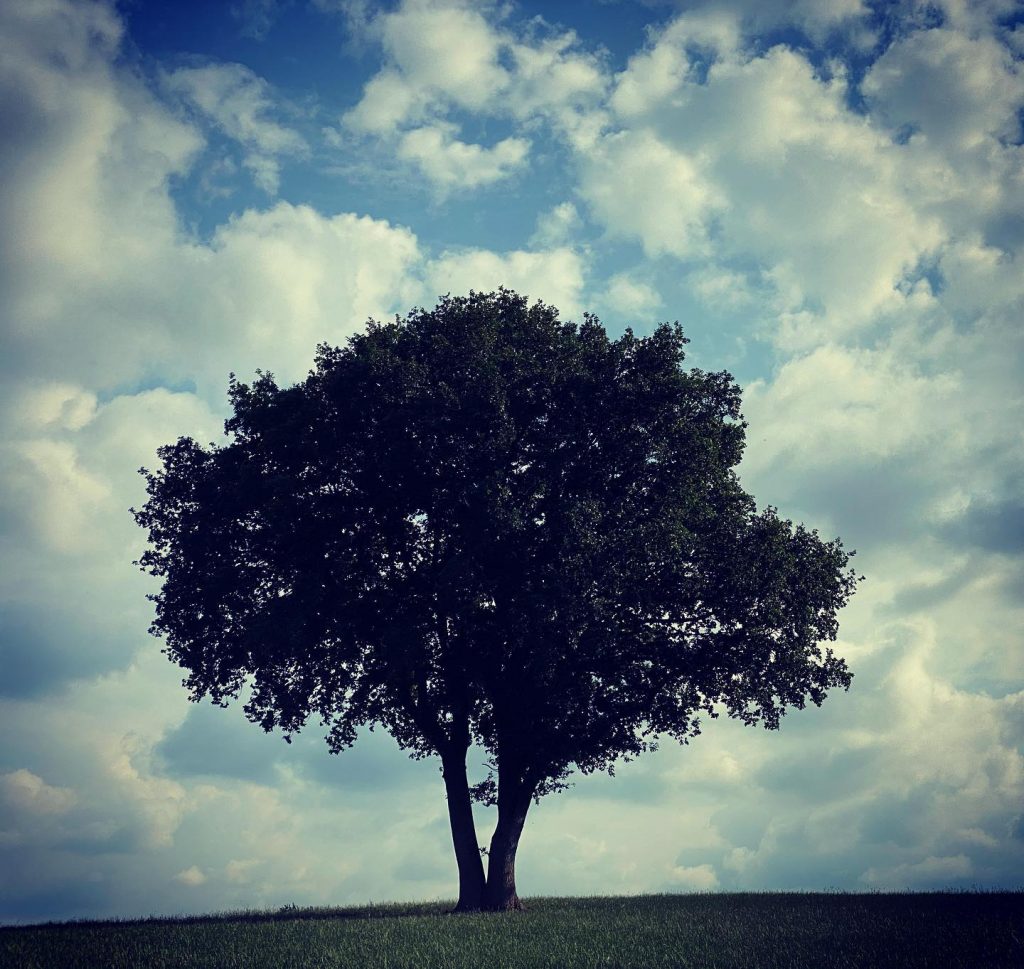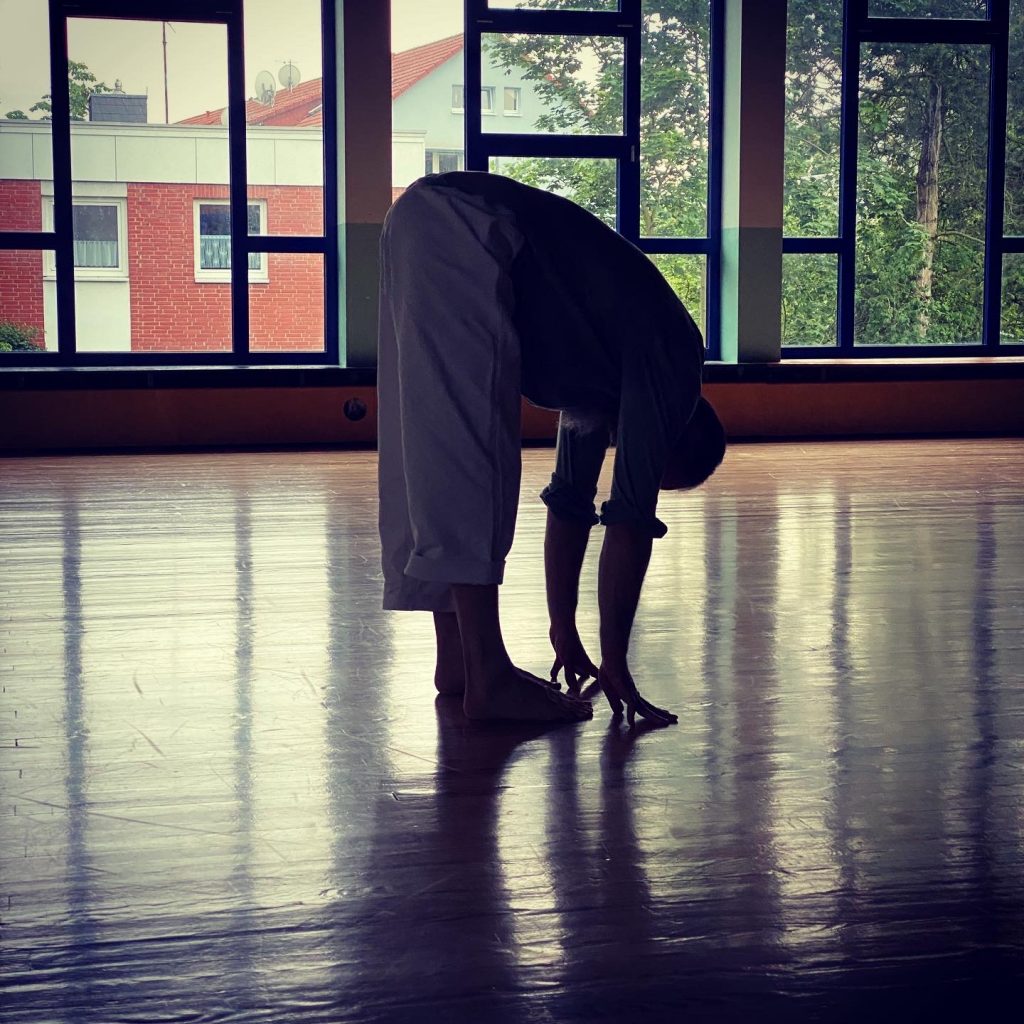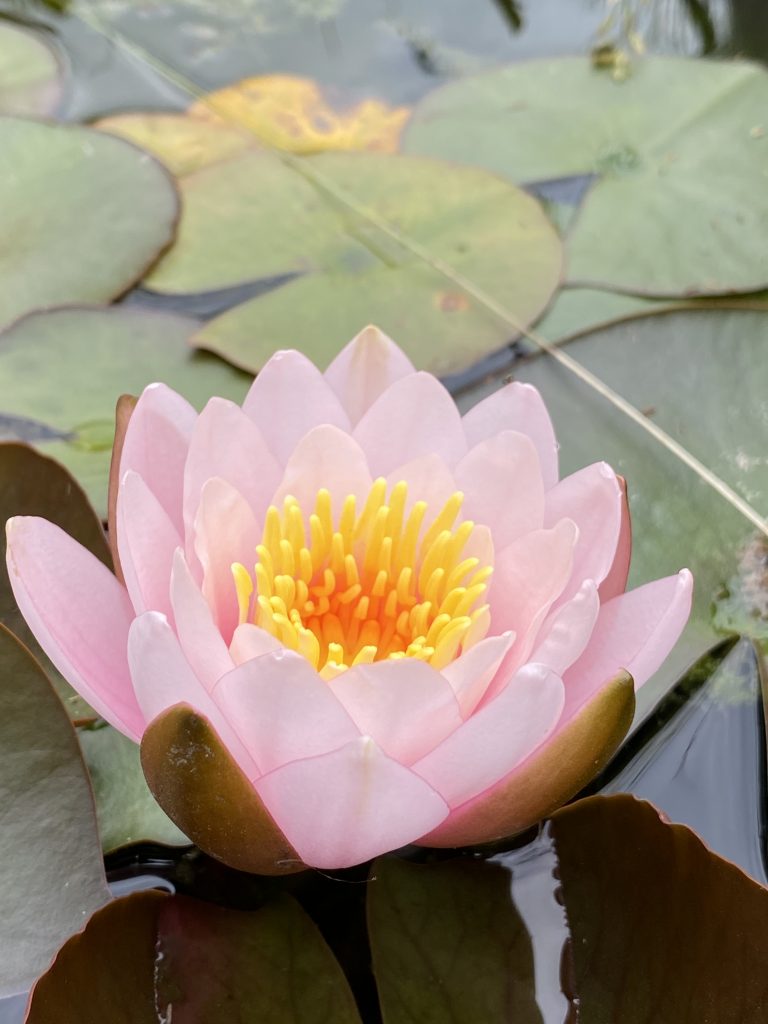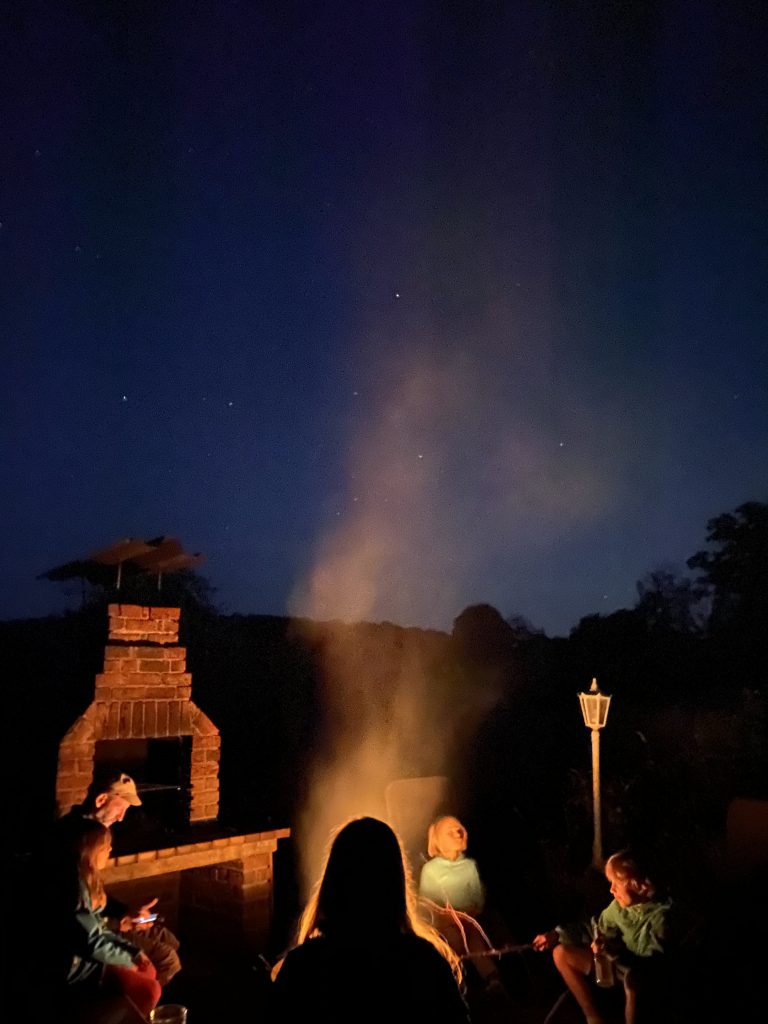
Why is a tree the symbol of this course?
Trees have some attributes, that appeared to me as beautiful metaphors for the topic of this course. A tree has invisible, deep roots, that allow it to stand upright in the midst of a storm. These invisible roots are your preparedness, the hard work, you put into your training, your mindset, your skill level and experience.
The flexible, but solid physique of a tree equals your own physique and psyche. In a storm, which could be a verbal or physical attack, the tree gets into movement, but doesn´t leave it´s upright stance. I want you to become a strong and solid tree: when the storm of aggression hits you in every possible way. Stay calm, stay solid, stay upright, don´t become broken or disrooted.

The way of karate is a way of peace. We train all kinds of defences, attacks, dangerous and often deadly techniques. At the same time there is no first attack. This course covers several aspects of karate-do, that often don´t find a place in normal training in the dojo. While the training in the dojo focuses on a correct technique, skills, endurance, speed etc., I want to give you also a guidance for your internal work. With proper internal and external development, the karate-path guides you to a very peaceful life, that can´t be attacked so easy by external factors.

The pure training of technique is a way of the empty mind (mushin). You see and copy the movement patterns at first, later, through countless repetitions, these movement patterns become a kind of second nature, you perform them with an empty mind – no thoughts or distractions, just yourself being one with the kata, technique or even with your sparring partner. When there is too much ´thinking´ in a fight and you want to apply one certain technique, you will likely fail. So considering this, karate is already an internal and external practice. Some people only manage to focus on the external part and struggle all the time with “doing it right”. Neglecting your inner dimension can become a self sabotage over time, especially when they get into a real fight. Applicable karate training must be integral.
We train three states of mind in karate-do: zanshin (alertness, awareness), mushin (empty/clear mind) and fudoshin (emotional balance).

When karate grows from being a leisure activity to a true way of life, more aspects of yourself are to be integrated in your training. You will have to deal with former experiences of violence, mobbing, humilation etc. and your own tendency to be driven by (destructive) emotions. Some wounds will heal, some will need care.
Moving on with karate-do requires an integration of all your aspects instead of neglecting or suppressing them. There won´t be a karate here and your life there, it becomes one.

Through the full path of karate, you gain a life of freedom and peace. Situational awareness, mindfulness, being fully present and getting your fears managed – doesn´t that sound like the way to a fullfilled life?

Pareto & traditional karate do.The pareto principle says, that you can achieve 80% of the results when you focus on the 20% of activities, that are most important for your goals. Reflecting on this in terms of traditional karate: we practice a high density technique package with junbi undo, kihon and kata. Instead of learning a thousand different reactions for every possible self defence situation, we have in this traditional training routine the most of them destilled in multifunctional movements (and some internal / psychological training aspects). With the traditional part we can say 80% are covered, if it is done with the right mindset.What takes much more time and efford is finally the reality based application for every individual human being. Aspects like de-escalation, multiple attackers, bigger or smaller opponents, different types of violence, weapons, dealing with fear, situational awareness… all of this builds up on the foundation, the 80% you achieved with high density training of multifunctional movement patterns.So for the second part, the individual adaption (80% of work to get the last 20% of results), I would recommend to start with aspects, that really matter to you. Not everybody has hair pulling, choking, sexual harassment or whatever as the first priority to prepare for. Be realistic in chosing your first spots to focus on. In this way you take the second Pareto-level.
